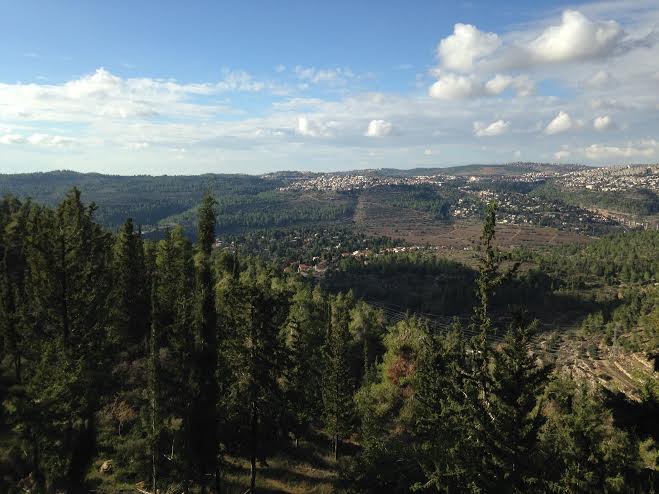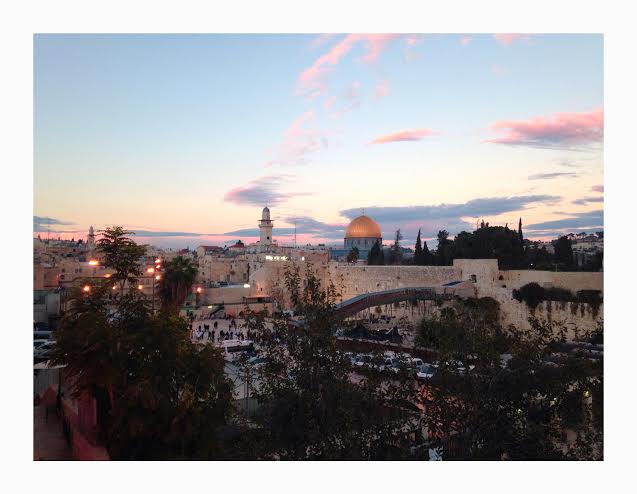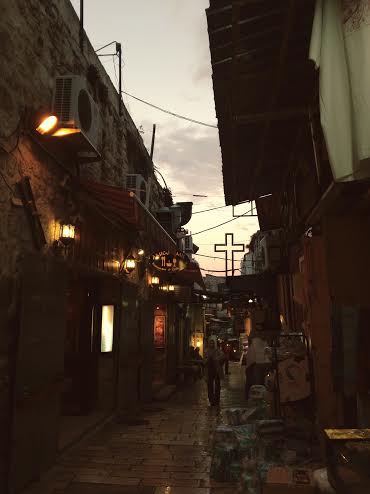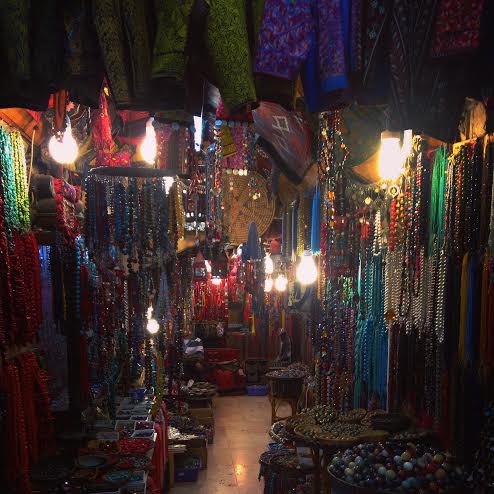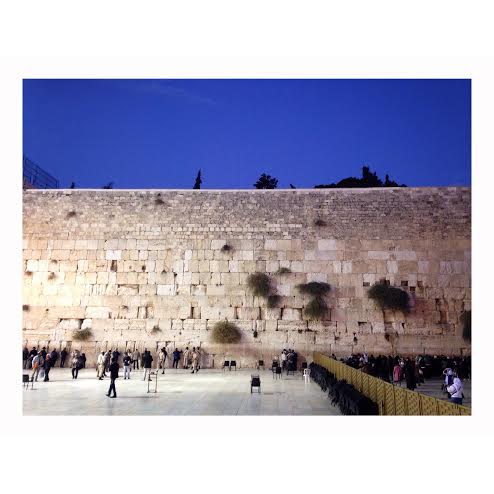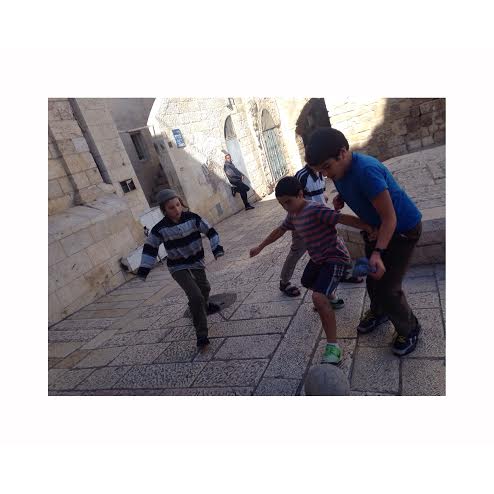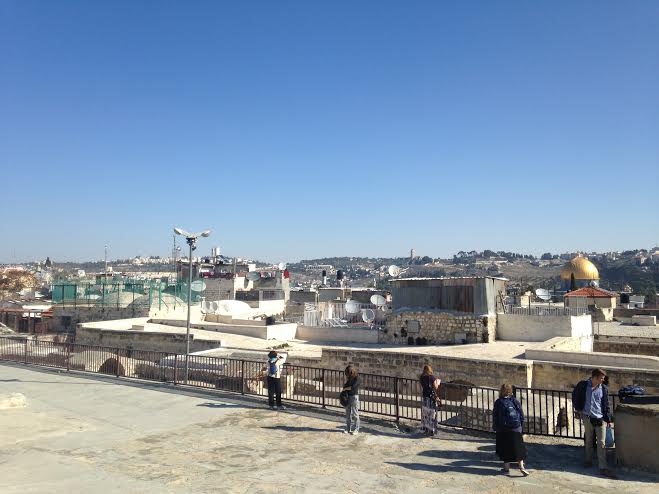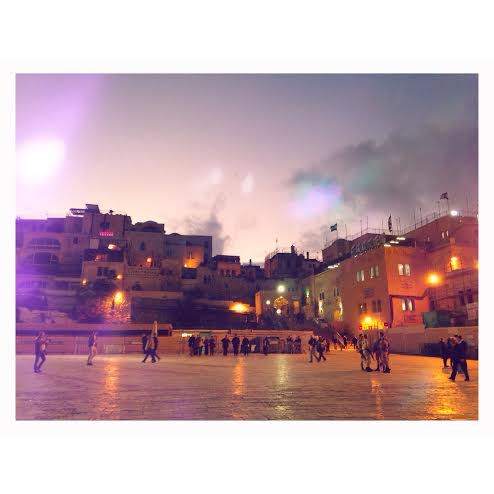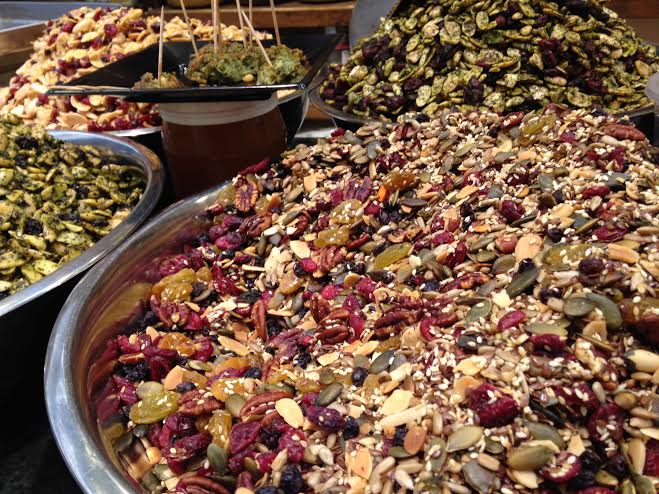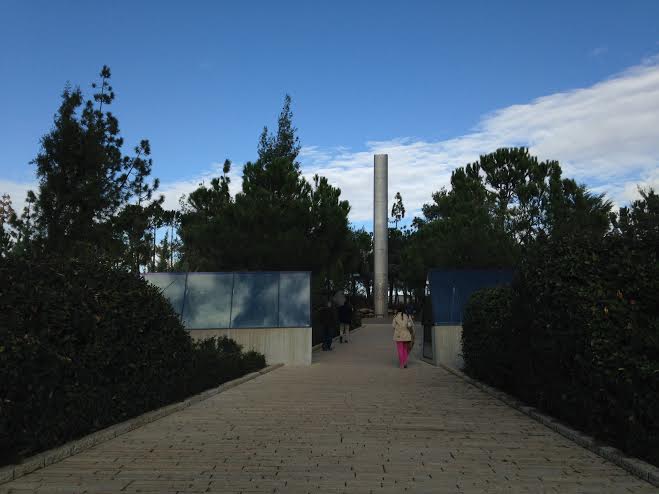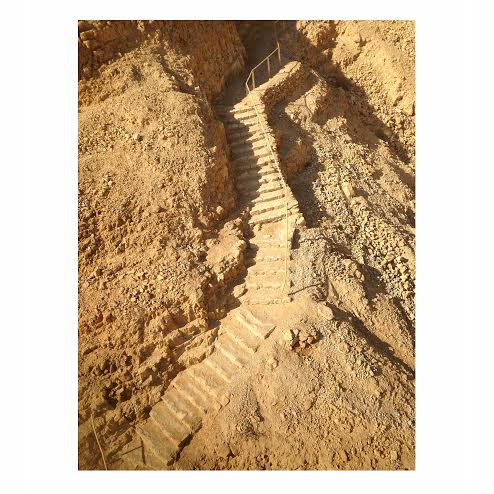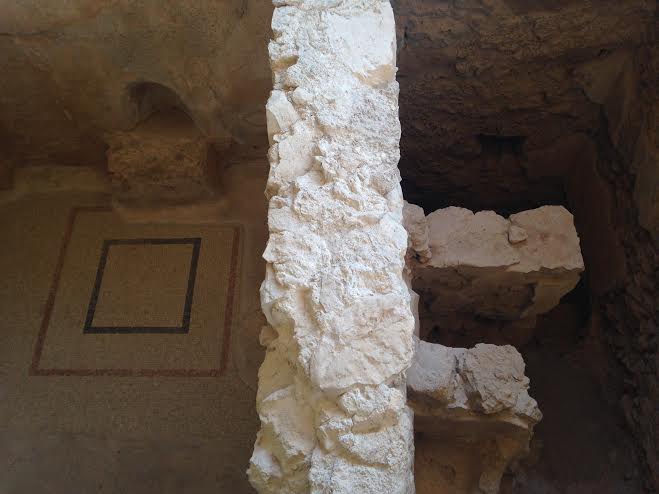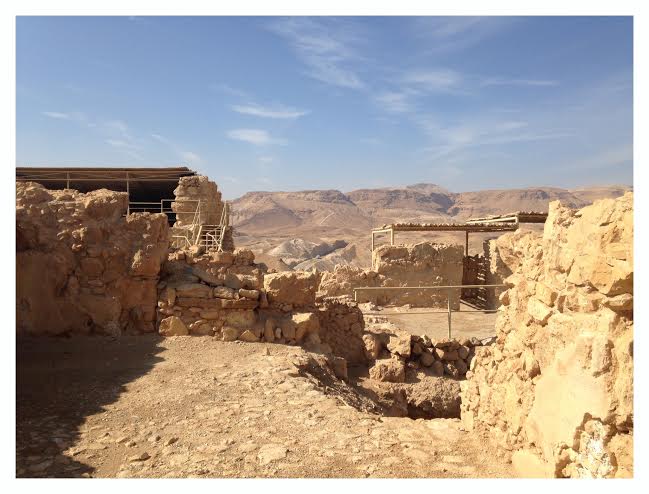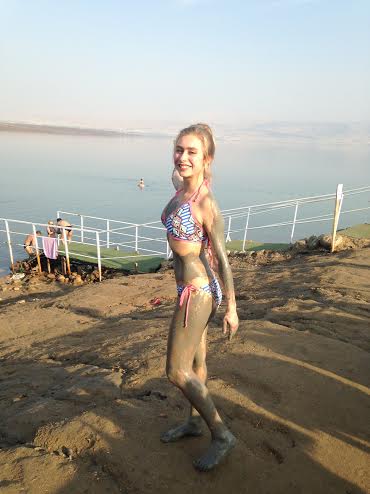
When choosing a roof for your home, the decision goes far beyond simply selecting a material or style. Your roof defines your home’s character, safeguards your family, and influences energy efficiency. Homeowners in places like Longmont, Colorado, face unique challenges due to local climate conditions, including hailstorms, snow, and intense sunlight. This makes choosing the right roof particularly important in a community that values both aesthetics and practicality. Longmont’s blend of modern neighborhoods and historic districts means residents have diverse needs for roofing solutions. A roof must complement architectural styles, withstand harsh weather, and meet local building codes. The right choice combines visual appeal with functionality, offering durability and energy savings. Let’s explore how to make the best decision.
1. Understanding the Basics of Roofing Materials
Roofs come in various materials, each with distinct advantages and limitations. Asphalt shingles remain the most popular choice due to affordability and versatility. Metal roofs, often preferred for their durability, reflectivity, and contemporary appeal, have become increasingly common in areas with significant weather variations. Clay and concrete tiles exude a timeless charm but require a sturdy structure to support their weight. Slate offers unmatched elegance and longevity but comes with a higher price tag. Finally, wood shakes provide a rustic look, though they demand regular maintenance to prevent weather-related wear. By understanding these materials, homeowners can identify options that align with their budgets, aesthetics, and functional needs.
2. Considering Climate and Local Weather
Longmont’s weather patterns, including heavy snowfall, intense sun, and occasional hailstorms, demand roofing materials that prioritize durability and weather resistance. Asphalt shingles reinforced for hail impact or metal roofs with specialized coatings provide excellent options for these conditions. Local roofing professionals, like a trusted Longmont roofing company, possess in-depth knowledge of regional needs and building standards. Consulting with them ensures your choice balances style and resilience. Whether preserving energy during summer or preventing leaks in winter, the right roof adapts to environmental challenges while enhancing your home’s aesthetic appeal.
3. Aligning with Your Home’s Architecture
A roof should complement your home’s architectural design, seamlessly blending function with style. For example, asphalt shingles pair well with modern and suburban homes, while metal roofs can elevate minimalist or industrial aesthetics. Traditional homes, including those with Victorian or colonial designs, often benefit from slate or clay tiles, adding timeless character. When selecting a roofing material, assess your home’s structural lines and facade. A mismatch between your roof and architecture can diminish curb appeal and reduce overall property value.
4. Balancing Longevity and Maintenance
Roofing is a long-term investment, so durability should rank high on your list of priorities. Materials like slate and metal boast impressive lifespans, often exceeding 50 years, but they come with higher upfront costs. Asphalt shingles, though less durable, remain budget-friendly and easier to replace. Additionally, some materials require regular maintenance, such as sealing, painting, or cleaning, to maintain their appearance and functionality. Before committing, evaluate your willingness to invest time or money into maintenance. Opting for materials requiring less upkeep can save headaches and costs in the long run.
5. Emphasizing Energy Efficiency
Energy-efficient roofing not only reduces environmental impact but also saves on utility bills. Reflective surfaces, like those found in metal or light-colored shingles, minimize heat absorption and lower cooling costs during summer. Similarly, well-insulated roofs reduce heat loss in winter, making your home more comfortable year-round. Roofing materials with high solar reflectance and thermal emittance ratings ensure optimal energy savings. In areas like Longmont, where sunny days are abundant, choosing energy-efficient options can significantly reduce cooling demands while aligning with sustainable practices.
6. Weighing the Costs and Long-Term Value
While the upfront cost of a roofing material is an important factor, evaluating the long-term value is equally crucial. A lower-cost material, like standard asphalt shingles, might save money initially but could require more frequent replacements. On the other hand, investing in premium options such as slate, metal, or clay tiles often pays off in terms of durability and reduced maintenance costs. Factor in additional expenses, like installation, underlayment, and repairs, to get a complete picture of your investment. A quality roof boosts resale value, enhances curb appeal, and minimizes unexpected expenses, making it a wise choice for homeowners prioritizing long-term benefits over immediate savings.
7. Choosing Sustainable Roofing Solutions
Sustainability has become a key consideration for modern homeowners. Eco-friendly roofing options, such as metal, recycled shingles, or living roofs, align with environmental goals while delivering functional benefits. Recycled shingles utilize repurposed materials, reducing waste without compromising performance. Similarly, metal roofs are fully recyclable at the end of their lifespan, making them an excellent choice for eco-conscious buyers. Living roofs, though less common, provide natural insulation and stormwater management while enhancing air quality. By selecting sustainable options, you contribute to reducing your home’s environmental footprint while enjoying energy-efficient and durable roofing solutions.
8. Enhancing Safety and Weather Resistance
Safety is a non-negotiable aspect of roofing. Certain materials excel in withstanding specific weather conditions. For instance, metal and slate roofs offer superior resistance to hail and fire, while asphalt shingles reinforced with impact-resistant technology can handle moderate storm damage. Consider the slope of your roof, as steeper slopes tend to shed snow and rain more effectively, reducing the risk of structural stress. In areas prone to extreme weather, installing additional features like storm anchors or sealing can bolster your roof’s performance. Investing in high-quality, weather-resistant materials safeguards your home and ensures peace of mind.
Choosing the perfect roof for your home is a blend of style, functionality, and foresight. It involves assessing your local climate, home architecture, budget, and personal preferences. Longmont residents, for example, face specific weather challenges that demand thoughtful consideration of materials and installation techniques. Beyond immediate needs, the right roof enhances energy efficiency, reduces environmental impact, and elevates property value. By prioritising quality, durability, and professional guidance, you can ensure your roofing investment protects your home and reflects your lifestyle for years to come.
Guest post from our brand partner.

